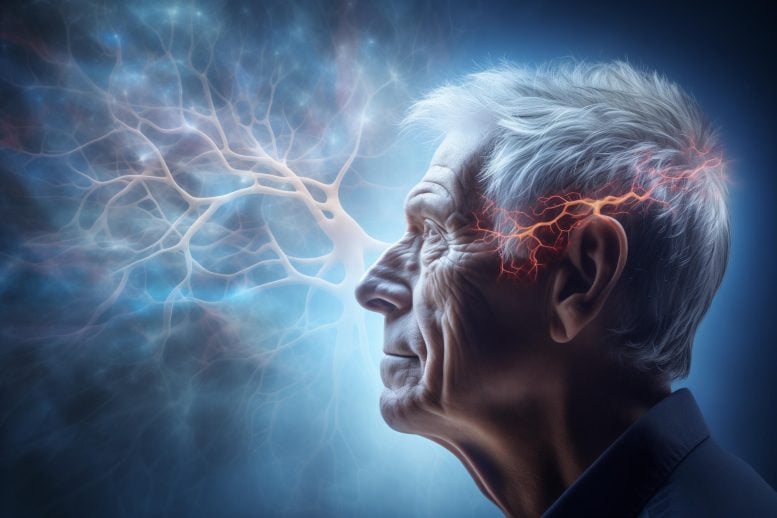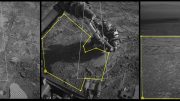
Researchers have discovered a method to detect Parkinson’s disease up to 30 years before symptoms appear, using a biomarker and PET scans. This breakthrough involves tracking neurodegeneration more sensitively than current methods and identifies Rapid Eye Movement sleep behavior disorder (RBD) as a significant early indicator of Parkinson’s. The findings could lead to earlier diagnosis and treatment, potentially up to 10 years sooner than currently possible.
Researchers at The Florey and Austin Health in Melbourne, Australia have demonstrated the potential to identify early indicators of Parkinson’s disease two to three decades prior to the onset of symptoms. This breakthrough could pave the way for early screening programs and interventions, allowing for treatment before significant damage occurs.
Researchers at The Florey Institute and Austin Health have demonstrated the potential to identify early indicators of Parkinson’s disease 20 to 30 years prior to the onset of symptoms. This groundbreaking discovery paves the way for early screening initiatives and proactive treatments, significantly before any permanent damage occurs.
Florey Professor Kevin Barnham said Parkinson’s disease, a debilitating neurodegenerative condition, is often thought of as an illness of old age, when in fact it starts in midlife and can go undetected for decades.
“Parkinson’s disease is very hard to diagnose until symptoms are obvious, by which time up to 85 percent of the brain’s neurons that control motor coordination have been destroyed. At that point, many treatments are likely to be ineffective,” Professor Barnham said. “Our long-term goal is to find a way to detect the disease much earlier and treat people before the damage is done.”
Advanced Diagnostic Techniques
In a study recently published in Neurology, lead researcher Professor Barnham and colleagues describe how a known biomarker called F-AV-133 can be used with positron emission tomography (PET) scans to diagnose Parkinson’s disease and accurately track neurodegeneration.
In the Melbourne study, Florey Professor Chris Rowe and his team at Austin Health scanned 26 patients with Parkinson’s disease, a control group of 12 people, and 11 people with Rapid Eye Movement sleep behavior disorder (RBD) which is a strong indicator of the disease.
Each person undertook two PET scans two years apart. Key findings include:
- no significant changes in clinical symptoms in any of the participants according to currently available assessments for Parkinson’s disease
- by contrast, the PET scans showed “significant neuronal loss” in three key regions of the brain in individuals with the disease, suggesting F-AV-133 is a more sensitive means of monitoring neurodegeneration than what is now available.
Further mathematical modeling calculated:
- an approximate total of 33 years’ slow neuronal loss in Parkinson’s disease
- this loss occurs for about 10.5 years before the disease is detectable on a PET scan
- once a PET scan is able to detect the disease, it will be a further six and a half years before the onset of motor symptoms
- after the onset of physical symptoms, there about a further three years until clinical diagnosis is confirmed
- this equates to neuronal loss occurring for about 22.5 years before clinical symptoms are sufficient for diagnosis.
Professor Barnham said the findings open pathways to developing screening protocols for diagnosing and treating Parkinson’s disease up to 10 years earlier than is currently possible. It could also assist in identifying patients for clinical trials.
What is RBD?
- RBD stands for Rapid Eye Movement Behavioural Disorder.
- Individuals with RBD shout or thrash around, sometimes violently, in their sleep while acting out vivid and unpleasant dreams.
- RBD is caused by a lack of muscle atonia (sleep paralysis).
- 90 percent of people with RBD will develop a parkinsonian condition.
- Half of people with Parkinson’s have RBD.
- RBD is a significant warning sign for early Parkinson’s disease.
- If you have RBD, see a sleep specialist and/or a neurologist.
Reference: “Using 18F-AV-133 VMAT2 PET Imaging to Monitor Progressive Nigrostriatal Degeneration in Parkinson Disease” by Leah C. Beauchamp, Vincent Dore, Victor L. Villemagne, SanSan Xu, David Finkelstein, Kevin J. Barnham and Christopher Rowe, 28 November 2023, Neurology.
DOI: 10.1212/WNL.0000000000207748









Be the first to comment on "Scientists Find Way To Detect Parkinson’s Disease 30 Years Before Symptoms"